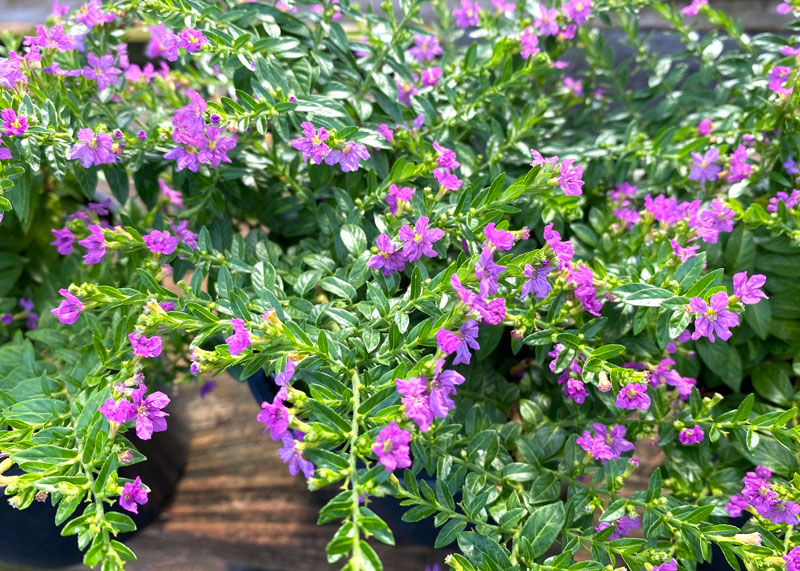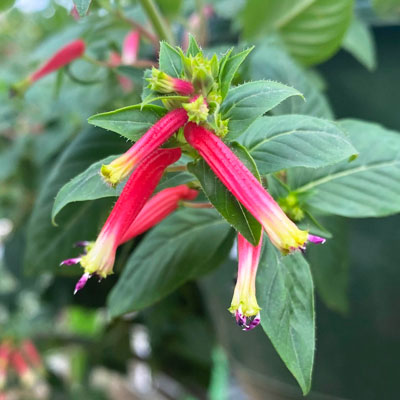Beauty in small sizes
I like little plants that produce myriad flowers on fine-textured, arching branches. There’s a grace and loveliness they bring to my gardens that I find relaxing. Here are two of my favorites.

Mexican heather…
I’ve been growing Mexican heather (Cuphea hyssopifolia) for 50 years. Because I live in the northern half of the state, I have to use this as a tropical annual. It rarely survives our winters – certainly not the last two.
It grows best with morning sun and afternoon shade, highly organic soil and a ready supply of moisture. I’ve used it to border taller flowerbeds, and I’ve used it in patio tubs.
Mexican heather grows to 18 to 24 inches tall and 24 to 30 inches wide. Admittedly, my plants often end up somewhat smaller than that because I get busy in the spring and don’t get them bought and repotted until late May or June.
Folks in South Texas and along the Gulf Coast may find them growing taller and even a bit rangy if they survive from one year to the next, but early spring shearing will keep them more compact and attractive – much as we do for Salvia greggii.
Mexican heather produces an ongoing abundance of tiny purple flowers from spring until frost. It’s great at ground level, but it’s also beautiful alongside fountains and even in large hanging baskets. And in all of my years of growing it, I’ve never encountered any insect or disease on it. I love this plant!

‘Honeybells’ hybrid cuphea…
This is a much more recent player in the game. Again, it’s an arching plant with somewhat larger leaves and candy-corn-like flowers of yellow and orange-red. Hummingbirds love it, and gardeners do, too.
As with Mexican heather, ‘Honeybells’ is perfect for pots and hanging baskets. It, too, is sub-tropical, so most of us will use it as a warm-weather annual, although it could be brought into a greenhouse over the winter. Plant people in South Texas could protect it through many Texas winters as well.
It, too, will do best with morning sun and protection from the broiling afternoon rays. Give it ample organic matter when you’re working up the soil so the ground will retain moisture during the dry spells. Both of these plants will respond well to weekly applications of a high-nitrogen, water-soluble plant food.
Google ‘Honeybells’ online and you’ll find a lot of information for growers. You’ll see it referred to in the most glowing terms. Mark your notepad to include it next year (or this year if you can still find it).
